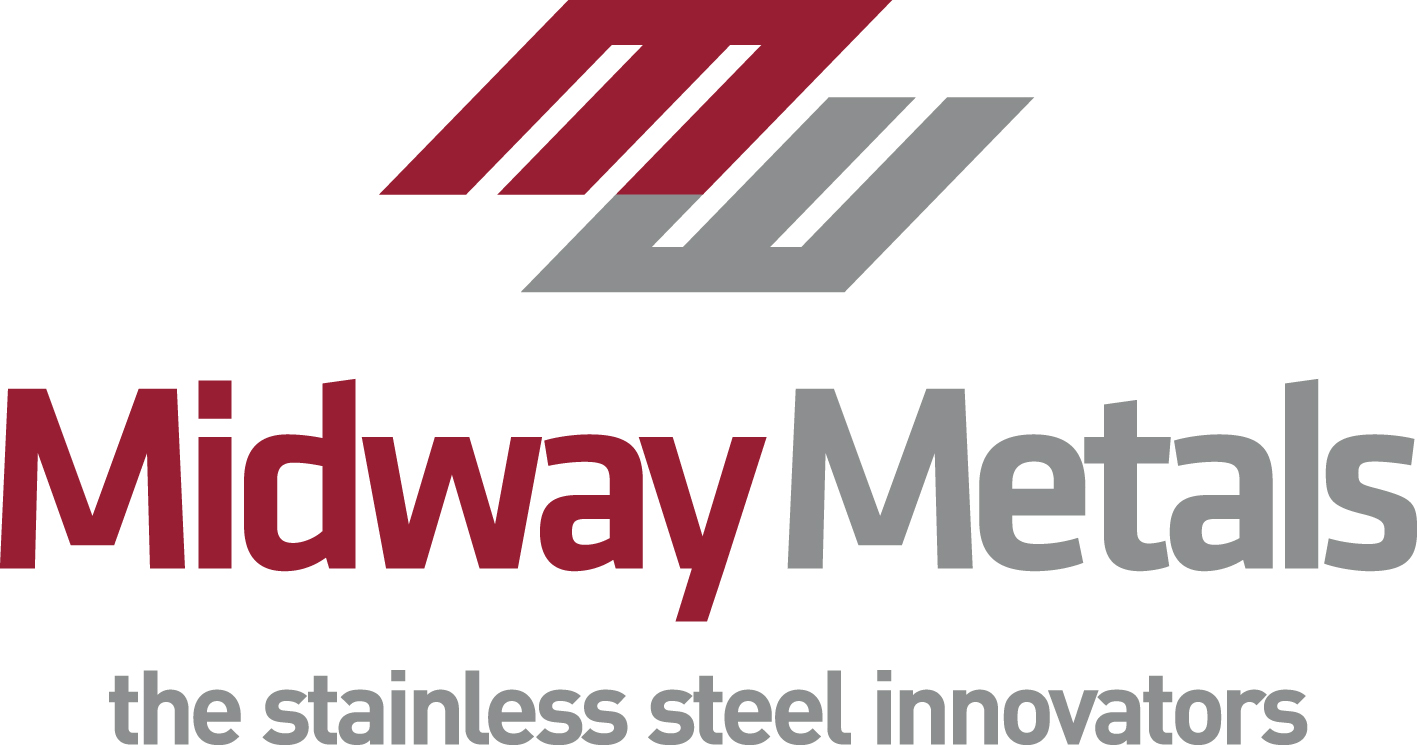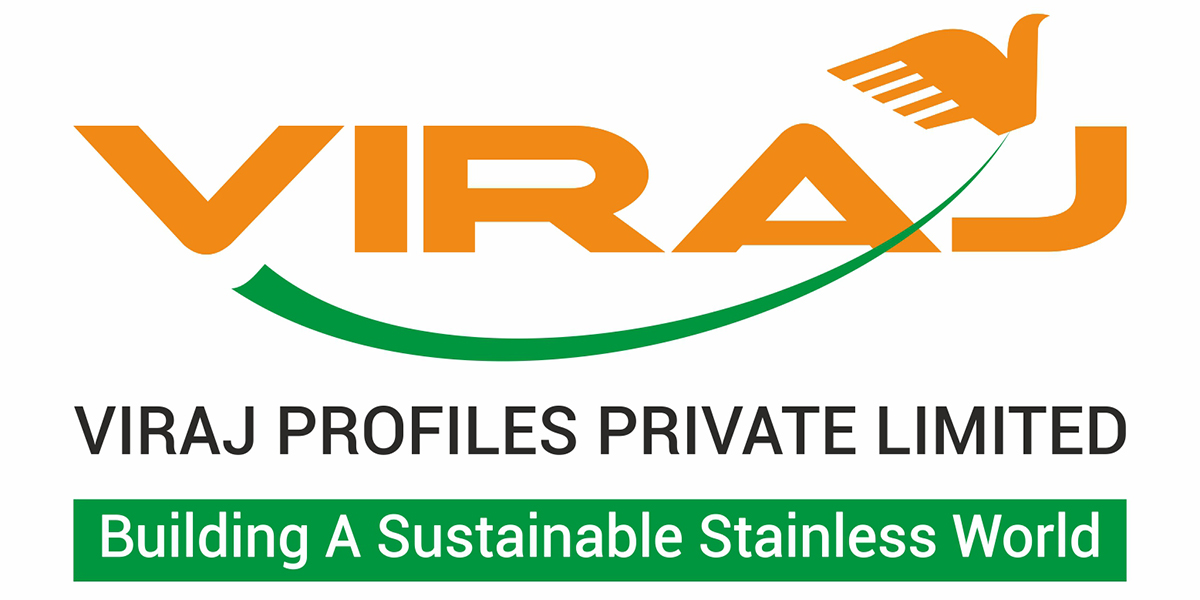
Today, environmental factors are at the forefront of material selection for specifiers. Stainless steel’s long service life, 100 percent recyclability and its valuable raw materials make it an excellent environmental performer.
Stainless steel objects rarely become waste at the end of their useful life. Recycled stainless objects are systematically separated and recovered to go back into the production process through recycling.
As well as iron, stainless steel contains valuable raw materials like chromium and nickel which makes recycling stainless steel economically viable.
Stainless steel is actively recycled on a large scale around the world by recyclers who collect and process scrap (recycled stainless steel) for re-melting all around the world.
Scrap collection
The use of stainless steel scrap is fundamental to the steelmaking process. There are two types of scrap - reclaimed scrap (old scrap) and industrial scrap (new scrap).
Reclaimed scrap includes industrial equipment, tanks, washing machines and refrigerators that have reached the end of their service life.
Industrial scrap includes industrial returns or production offcuts from manufacturing by industrial engineering and fabrication sources.
Today, stainless steel is made up of approximately 60% recycled content including:
- 25% reclaimed scrap
- 35% industrial scrap
- 40% new raw materials
The useful service life of stainless steel products is long so the availability of scrap is dependent on levels of production from decades ago.
With an average content of 25% of old scrap, stainless steel is close to the theoretical maximum content of material from end-of-life products.
Recycling the scrap
Specialised expertise and sophisticated technology is needed in recycling to separate and prepare each type of alloy for remelting.
A recycling processor feeds the scrap into a large shredder to break it into smaller pieces.
It is then chemically analysed and stored by type.
This process may include ‘blending’ the scrap into chrome steels, nickel alloys and other types of stainless steels.
After blending into piles for specific customer requirements the scrap is then loaded into containers for export to overseas mills.
The global market for scrap
Virtually, all Australian stainless steel scrap goes overseas. There’s a small market for stainless steel scrap in Australia for use in the foundries business. Foundries often use profile offcut or plate material scrap products.
At least 30,000 tonnes of stainless steel scrap in Australia will be exported a year to stainless steel mills in countries including China, South Korea, Taiwan, India and Japan.
China, for example, is using approximately 800,000 tonnes of industrial scrap. Reclaimed scrap is also on the increase in China and is expected to reach 2.5 million tonnes in 2005.
For mills, scrap is important because recycled stainless steel contains valuable raw elements including chromium, nickel and molybdenum that are gathered, processed and reused in the production process. The more scrap used in furnaces by mills, the less raw materials are required in the production process.
Stainless steel mills
Scrap along with other raw materials, ferrochromium (chrome/iron), ferro moly (molybdenum/iron) and nickel are blended into an electric furnace.
After melting, impurities are removed, the molten metal is refined and the chemistry analysed to determine what final adjustments are necessary for the specific type of stainless steel being produced.
The molten stainless steel is then cast into slabs or billets before production of plate, sheet, coil, wire and other forms in preparation for use by industrial manufacturers.
The stainless returns to you
Industrial manufacturers produce stainless steel items that you use everyday including cutlery, pots and pans, kitchen sinks and many architectural, industrial and other components.
At each stage of the production and use process, stainless steel retains its basic properties and utility value. Unlike many industrial and engineering materials, stainless steel may be returned to its original quality in the supply chain without any degradation.
You can be assured that even after its long service life, your environmentally-efficient stainless steel will always return to you bright, shining and new!
For more information about stainless steel, contact the Australian Stainless Steel Development Association on 07 3220 0722 or visit www.assda.asn.au
ASSDA acknowledges the assistance and contribution of Ignatius Brun of ELG Recycling Processors, the International Stainless Steel Forum (ISSF), the Nickel Institute and Peter Moore of Atlas Specialty Metals in the production of this article.
Consumption of stainless steel scrap - 2004
- China — 2.8 million tonnes of production using 900,000 tonnes of scrap.
- Japan — 2.4 million tonnes of production capacity using 900,000 tonnes of scrap.
- South Korea — 2.3 million tonnes of production using 800,000 tonnes of scrap.
Product mix 80% austenitic, 20% ferritic. - Taiwan — 2.6 million tonnes of production using 600,000 tonnes of scrap.
- India — 1.4 million tonnes of production using 300,000 tonnes of scrap.
Note: Australia sends a proportion of stainless steel scrap to all of the above countries.
This article featured in Australian Stainless magazine - Issue 33, Spring 2005.















